STACIS® 4 is the most cutting-edge active vibration isolation solution currently on the market.
Using inertial vibration sensors, sophisticated control algorithms, and state-of-the-art piezoelectric actuators, STACIS cancels vibration in real-time by continuously measuring floor activity, then expanding and contracting piezoelectric actuators to filter out floor motion.
The all-new STACIS 4 is built upon the success of TMC's proven STACIS technology, which 9 of the top 10 semiconductor manufacturers in the world use.
STACIS was originally designed to isolate precision microlithography, metrology, and inspection equipment in sophisticated semiconductor factories, but it has since become the industry standard solution for the most sensitive instruments in noisy environments, including but not limited to failure analysis, nanotechnology research, nanofabrication, structural biology, and materials research.
The DC-2020 digital controller with a dual-core processor is new and enhanced in STACIS 4. This new powerful control system features an intuitive Graphical User Interface (GUI).
STACIS 4 expands on the superior architecture of earlier versions by including advanced control algorithms and new proprietary technologies. The results are previously unattainable vibration cancellation of building floor vibration at all frequencies, but especially below 10Hz, where high-resolution imaging and metrology are most sensitive.
When paired with proprietary FloorSense™ technology, STACIS 4 decreases building floor vibration by 60 dB at 2 Hz and 27 dB at 1 Hz. The complete performance parameters for STACIS 4 are listed below.
The STACIS 4 Advantage
STACIS, which is hundreds of times stiffer than air isolators, has none of the limitations of air vibration isolation devices. There is no “soft” suspension, and unlike active air systems, STACIS can be installed beneath a tool that has an internal active air isolation system, with both systems completely optimized.
This results in a broad active bandwidth ranging from 0.2 to 150 Hz and unrivaled active isolation with up to 99.9% vibration reduction at 2Hz.
STACIS 4 outperforms the industry standard solution in terms of vibration control at 2 Hz by up to 60 dB.
Unlike rival parallel designs, which are inherently unstable and require constant tuning to maintain top performance, the robust serial design allows users to set it and forget it. In addition, STACIS 4 offers a two-stage vibration control design, incorporating passive or active parallel platforms on top of the STACIS system. Two-stage designs are becoming more common as instruments are forced to finer resolutions.
STACIS 4 performance is able to help users reduce their vibration environment by up to 5 VC curves on a stable floor. In addition, this performance gives users the flexibility to install instruments in less-than-ideal vibration environments, allowing more flexibility in facility layout and design.
Performance
4500 lbs (2045 kg) payload evaluated at VC-C (500 μin/second, 12.5 μm/second RMS) with simulated vibration. Horizontal and vertical axes.
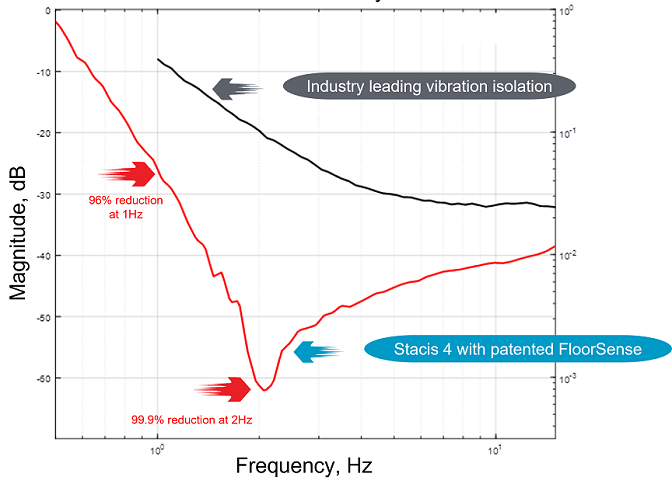
Vertical Transmissibility Curve. Image Credit: TMC Vibration Control
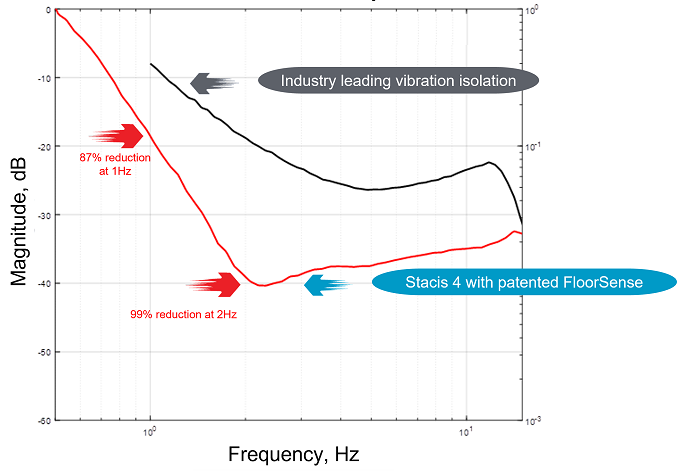
Horizontal Transmissibility Curve. Image Credit: TMC Vibration Control
Specifications
Performance Specifications. Source: TMC Vibration Control
| . |
. |
| Active degrees of freedom |
6 |
| Active bandwidth |
0.2 Hz - 150 Hz |
| Isolation at 1 Hz |
85% - 96% |
| Isolation at 2 Hz |
96-99.9% |
| Settling time (typical) |
0.02 seconds |
| Internal noise |
<0.05 nm RMS |
| Operating load range per isolator |
Low capacity: 400-1100 lbs (182-500 kg)
Med capacity: 900-2100 lbs (410-955 kg)
Hi capacity: 1900-4500 lbs (864-2045 kg) |
| Stiffness (1000 lb / 454 kg mass, Med capacity isolator) |
40,000 lb/in. (73 x 105 N/m) |
| Magnetic field emitted at maximum 4 in. (102 mm) from the isolator |
<0.02 μG broadband RMS |
Isolator Design, Dimensions, and Environmental and Utility Requirements. Source: TMC Vibration Control
| . |
. |
| Environmental and safety |
CE and RoHS compliant, designed to comply with NRTL safety certification standards |
| Active isolation elements |
Piezoelectric elements are actuated by a high-voltage amplifier. Vertical actuators support the isolated payload. |
| Passive isolation element |
Single isotropic hard-mount elastomer (no compressed air supply required) |
| Vibration sensor elements |
Geophone type inertial sensors measure floor vibration and deliver a signal to the control system proportional to the velocity of vibration motion |
| Active feedback control loop |
Floor vibration is measured, processed and attenuated below the spring supporting the isolated surface |
| Isolator dimensions (WxDxH) |
11.75 x 12.5 x 10.8 in.
300 x 320 x 275 mm |
| Isolator weight |
75 lb (34 kg) |
| Operating temperature |
50° - 90° F
10° - 32° C |
| Storage temperature |
-40° - 130° F
-40° - 55° C |
| Humidity |
80% Maximum at 68 degrees F (20 degrees C), Maximum dewpoint: 18 degrees C |
| System power requirements |
100, 120, 230, 240 VAC
50/60 Hz AC; <600 W
CE compliant |
| Isolator count per system |
minimum of 3, no maximum |
| Options |
laminated stainless steel platforms, frames, risers, leveling devices, earthquake restraints, lifthoods |
DC-2020 Controller Specifications. Source: TMC Vibration Control
| . |
. |
| Dimensions (WxDxH) |
19 x 8.5 x 1.75 in.
483 x 216 x 45 mm |
| Weight |
6.3 lb (2.9 kg) |
| Processor |
150/75 MHz dual core |
| Sampling rate |
10 kHz |
| Analog outputs |
16 channels |
| Analog inputs |
16 channels |
| Status light |
single LED |
| Front panel ports |
1x serial USB 2.0
1x serial Micro-USB
1x Ethernet RJ-45
2x BNC |
| Rear panel ports |
1x serial USB 2.0
1x Ethernet RJ-45
1x RS-232 DB-9 legacy serial for legacy STACIS 2100 isolators |
| User interface |
Front panel LCD display
Character menu on HyperTerminal
Extended GUI for Microsoft Windows
Embedded Ethernet GUI |
STACIS Web GUI
With just a web browser and a PC, STACIS active piezoelectric systems can be managed using an easy-to-use web-based user interface (Web GUI).
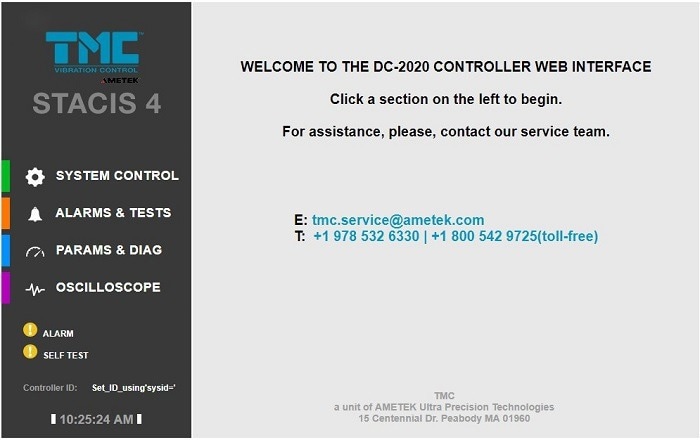
Image Credit: TMC Vibration Control
Users can review status, control setup and operation, and enter diagnostic instructions using the Web GUI.
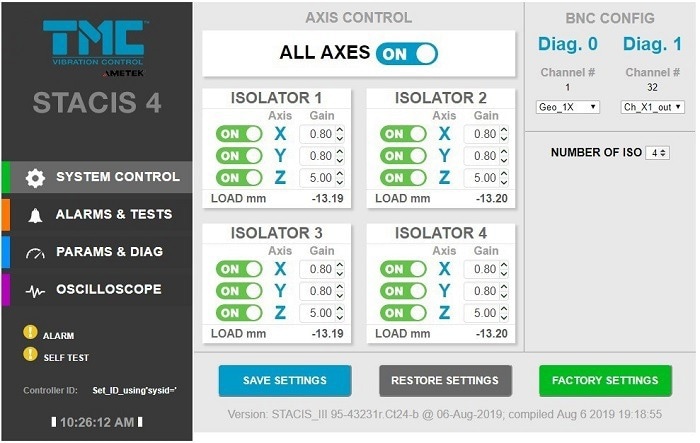
Image Credit: TMC Vibration Control
Web GUI Plus
For more experienced users, TMC provides the Web GUI Plus, an improved version of the Web GUI. It also has an integrated oscilloscope that can track the input and output of vibration for each axis, in addition to more sophisticated diagnostic features.
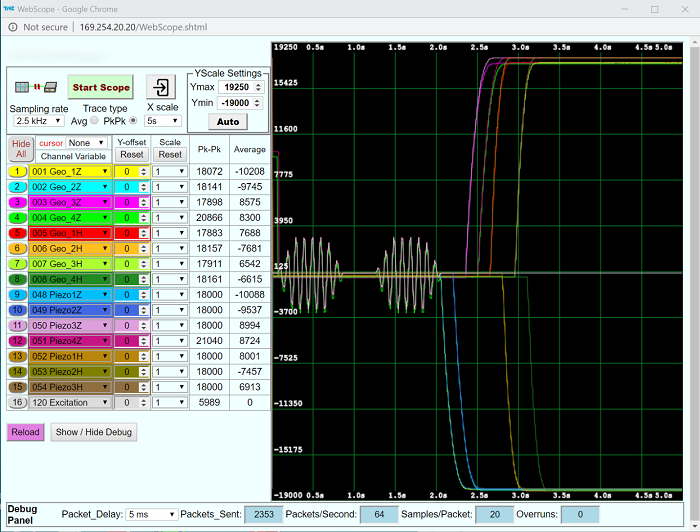
Image Credit: TMC Vibration Control
Application Photos
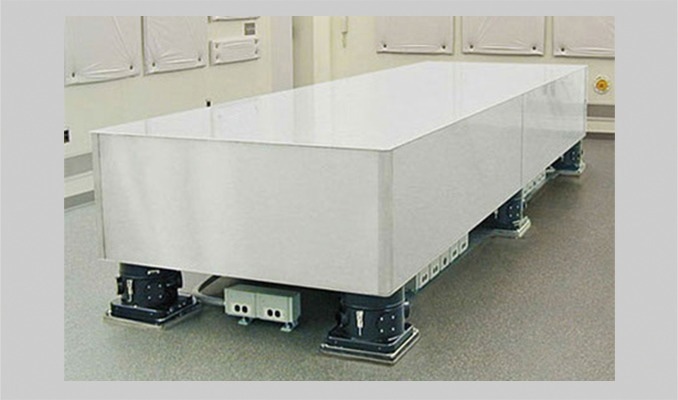
Extra thick optical bench. Image Credit: TMC Vibration Control
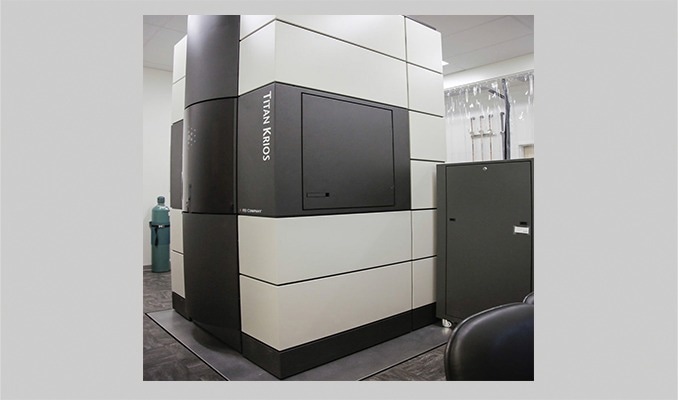
Cryo Transmission Electron MIcroscope for structural biology. Image Credit: TMC Vibration Control

Scanning tunneling microscope. Image Credit: TMC Vibration Control
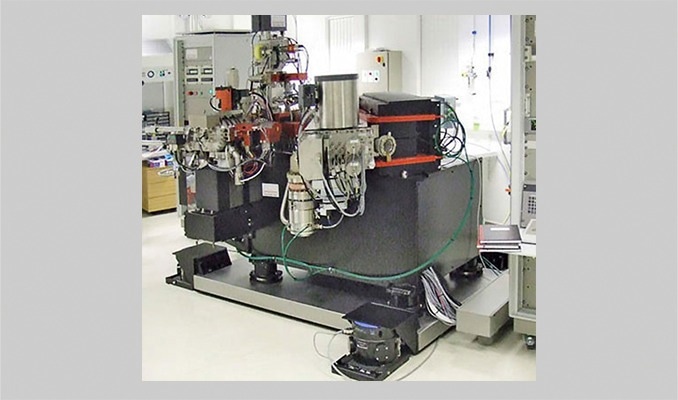
Cameca NanoSIMS. Image Credit: TMC Vibration Control
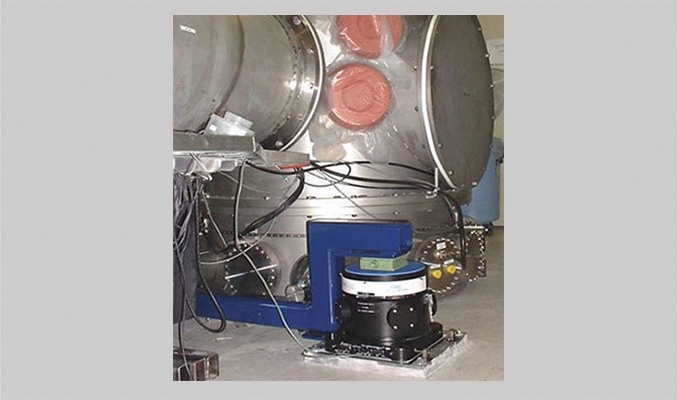
Prototype LIGO interferometer. Image Credit: TMC Vibration Control
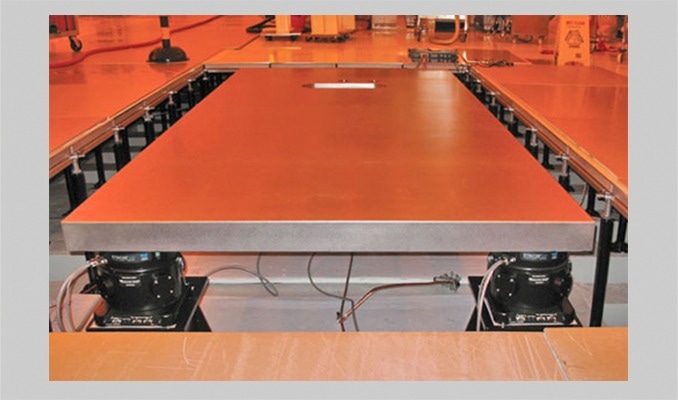
Quiet Island in a raised floor environment. Image Credit: TMC Vibration Control